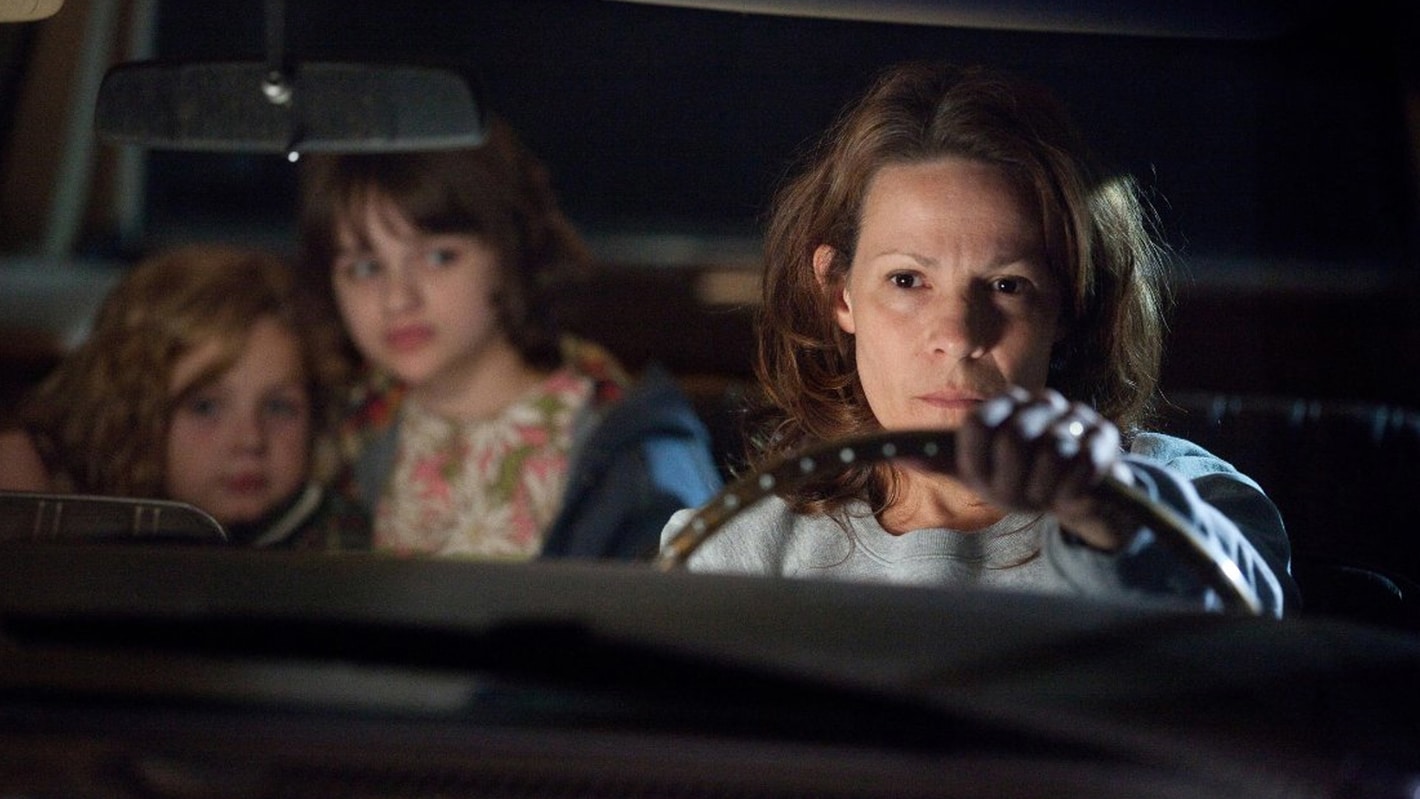

Following a tough physical illness that involved bleeding and chest pains, George exhibited lingering mental duress: “It was a difficult time for the King who admitted that he had slept for no more than two hours a night during this period and clearly was having difficulties in making decisions over the appointments of his prime ministers and governments,” writes Peters. In a medical journal article, “The madness of King George III: a psychiatric re-assessment”, published by Timothy J Peters in the History of Psychiatry, he writes that by 1765, at age 27, the King was already showing signs consistent with mild depression.

(George’s grandmother, Caroline, very much sought and exuded influence-a dynamic that, in his own marriage, he wished to avoid.) “George had a very clear idea of the kind of woman he was looking for: he hoped to find a helpmeet and a companion who would share his vision of a morally regenerated monarchy, and who would be happy to play her allotted role in his great domestic project,” Hadlow writes. Finally, there was his temperament: an intellectually curious but reserved man, George didn’t want a wife who was high-maintenance or had any sort of agenda of her own. (This ruled out any nobles in Catholic France or Spain.) There also needed to be a political argument for the match: according to Janice Hadlow’s A Royal Experiment: The Private Life of King George III, advisors found no reason for George to marry someone from Holland or Denmark, for example, as his siblings had already taken spouses from those regions. Then, she needed to be Protestant, as George headed the Church of England.


First of all, any potential match needed to be of aristocratic birth. When an unmarried King George III ascended the throne in 1760 at the age of 22, finding a wife became an immediate priority to secure his family’s lineage.


 0 kommentar(er)
0 kommentar(er)
